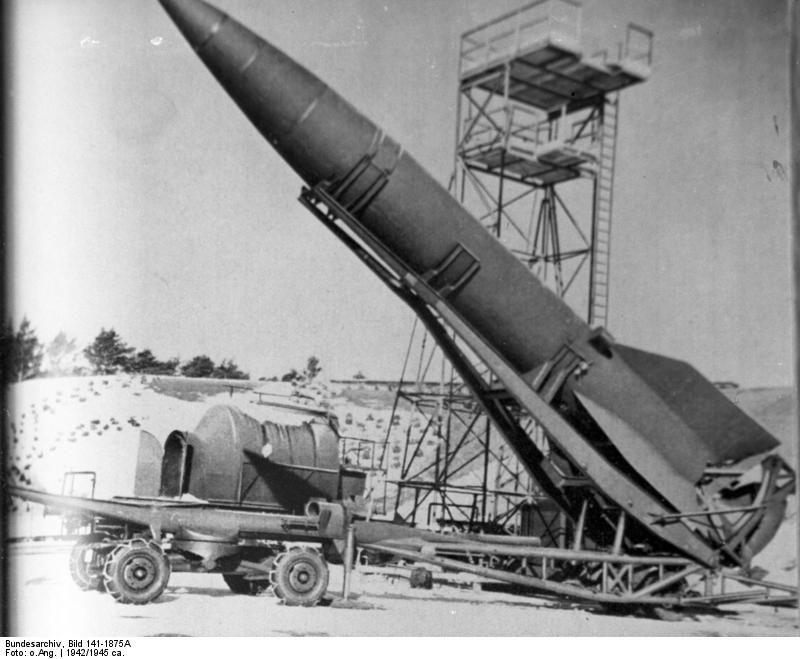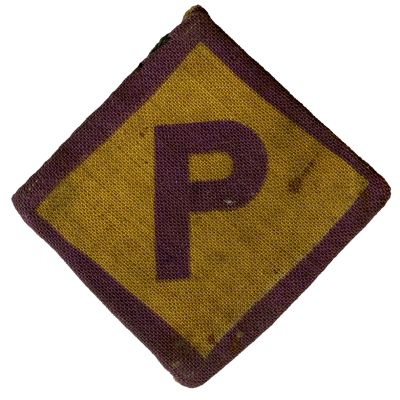Peenemünde: Poles and Hitler’s secret weapon – the V2 rocket
Mediathek Sorted
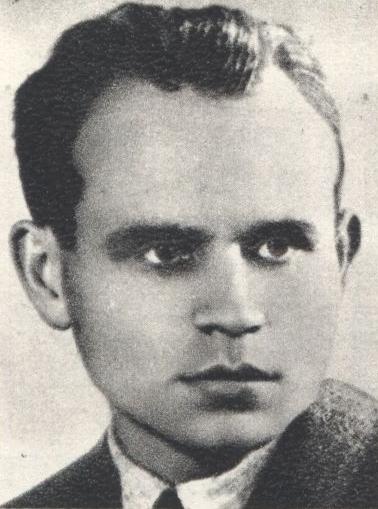
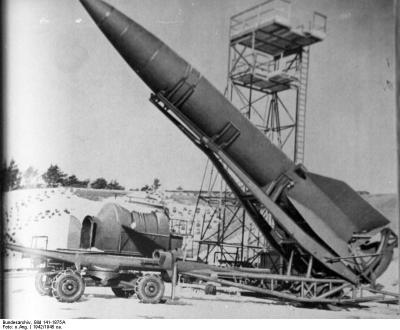
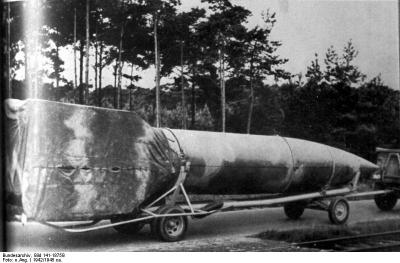
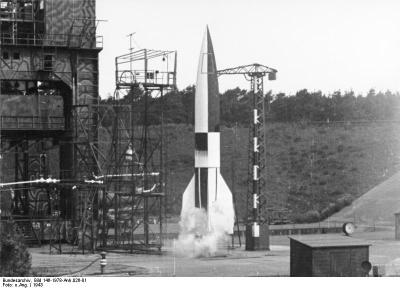

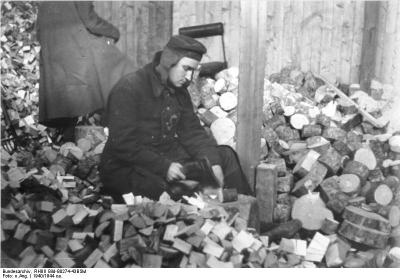
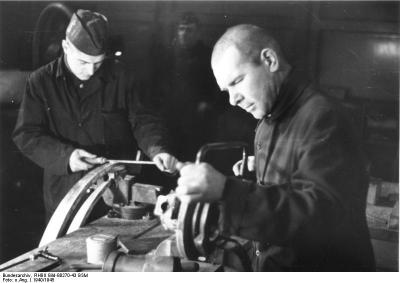
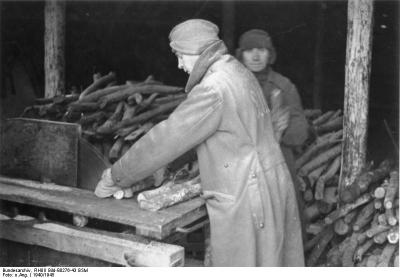
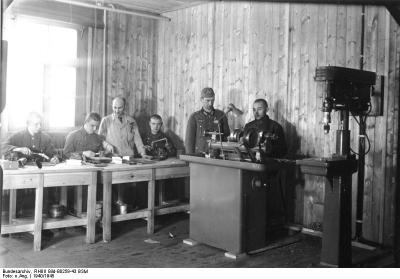
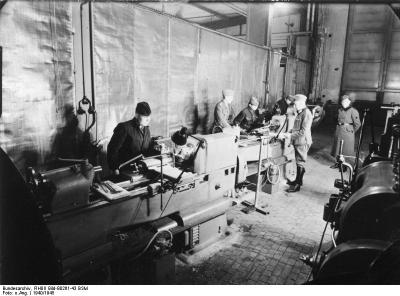
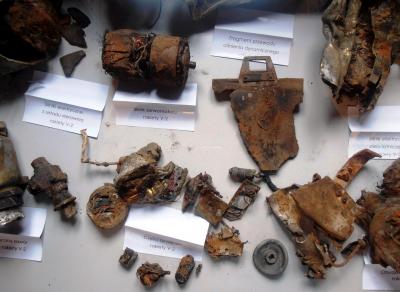
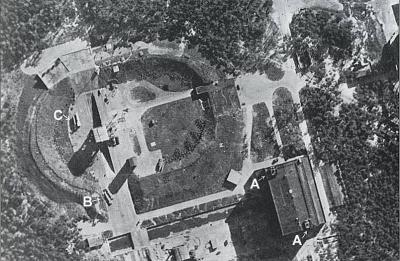
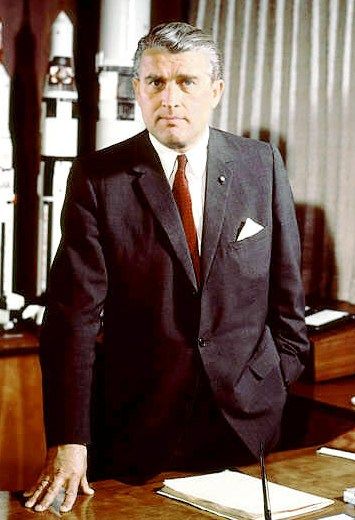
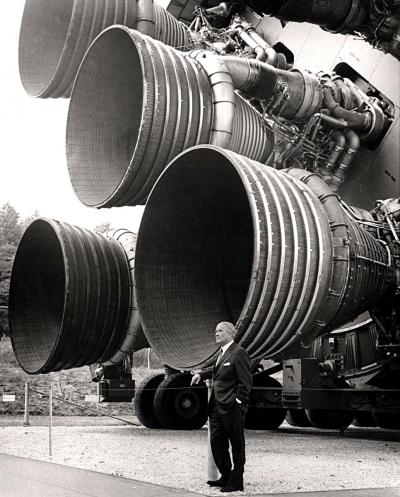

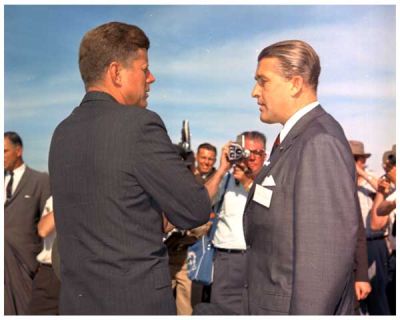

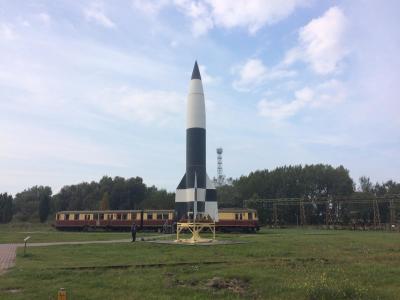
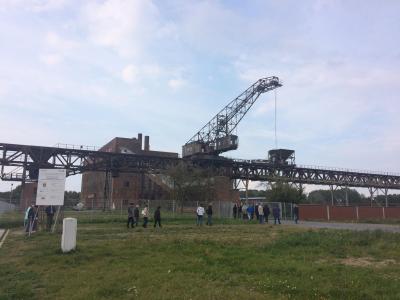
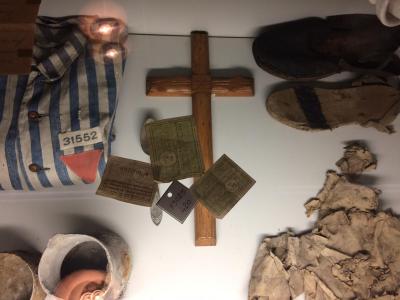
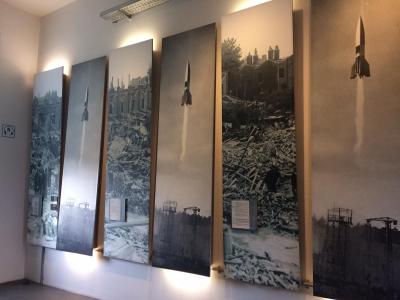
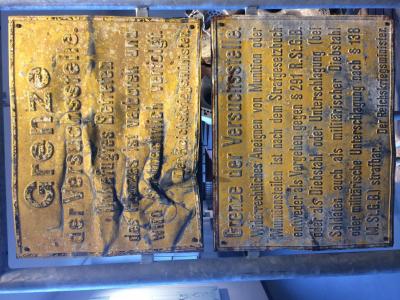
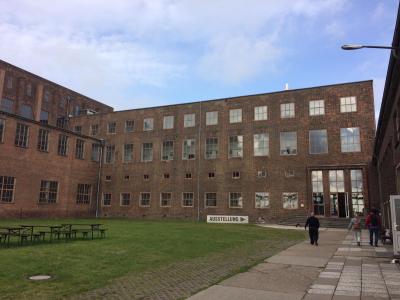
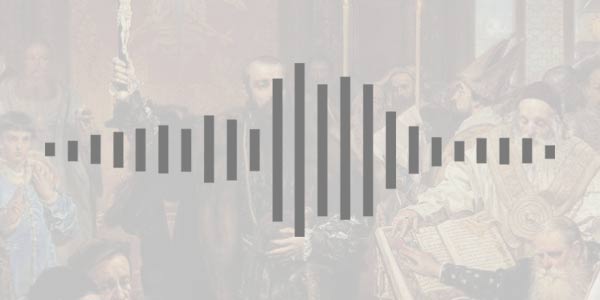
Peenemünde und die Polen - Hörspiel von "COSMO Radio po polsku" auf Deutsch

























According to the National Socialist racial doctrine, the workers from Eastern Europe were classified as “subhumans” (“Untermenschen”). They were threatened with punishment, even death, if they made contact with the German population. They were treated far worse than the British and French, were given far smaller food rations, and were quartered in much more basic barracks. Leon Dropek, who arrived in Peenemünde in the summer of 1940 together with around 400 other Poles, described the conditions there as follows: “We were told that we had arrived here voluntarily, in order to work for the welfare and support of the Third Reich. The Poles from Łódź who passed us by gave us no reason to feel optimistic. They were dressed in poor clothing, were emaciated and despondent”.[2]
At first, Dropek was quartered with other labourers in the Peenemünde camp for German workers. “The barracks were arranged in a U shape, were painted white and looked quite ornamental with their red window frames. There were eight beds to a room, there was a shower, a bathroom, mattresses, and heating. The bedclothes could be changed every day. This idyll lasted for six weeks before we were moved to the camp where the Poles lived. Here, 14 men were housed in one room, there were three-tier bunk beds, old mattresses, old, dirty and ragged blankets, no pillows and no water; instead, there was a coal-fired stove. Due to the unhygienic conditions, our bodies were bitten bloody by lice, fleas and bedbugs. Every so often, the rooms were disinfected using agents that were so strong that they made knives, forks, and razors for shaving rust. After disinfection, the barracks were closed for 24 hours. They weren’t bothered where we slept. All they cared about was that we showed up for work the next day. Another night, we were almost poisoned by the disinfectant; we felt dizzy and spat blood. A week later, the bedbugs were back”.[3]
The research facility at Peenemünde was of extreme strategic importance. After Berlin and Hamburg, it was only the third place to be assigned its own electric S-Bahn (overground train) line. On 15 April 1943, 106 km of railway track were put into operation. There were two railway lines with twelve stops. The trains brought the workers to Peenemünde from the surrounding area every day between 5am and 11pm. The regulations governing transportation were also discriminatory towards Polish forced labourers. They were only permitted to use the last carriage. The directorate of the German Reich Railways (Deutsche Reichsbahn) even issued its own “Guideline for the transportation of prisoners of war and Poles”, which included a reminder, among other things, that Poles should wear a lilac “P” that was to be sewn in a clearly visible place on their clothing. Poles were also only allowed to use the railway on receipt of written permission by the local police, while workers from other countries, such as Belgians, French and Italians, were treated on equal terms with German passengers in the S-Bahn.
The vigorous effort put into planning the research centre meant that the labourers were forced to work on a number of different tasks. From 1936 onwards, a power station, an air separation unit, an airfield for use by the Luftwaffe with the full infrastructure, two ports, several launching pads for rocket tests, testing stands, accommodation complexes for scientists and civilian employees, and multiple forced labour camps were all built on Usedom in the space of just a few years. In Karlshagen, a village 7km away from Peenemünde, there were two concentration camps which were used as a satellite of the Ravensbrück men’s concentration camp.





















































































